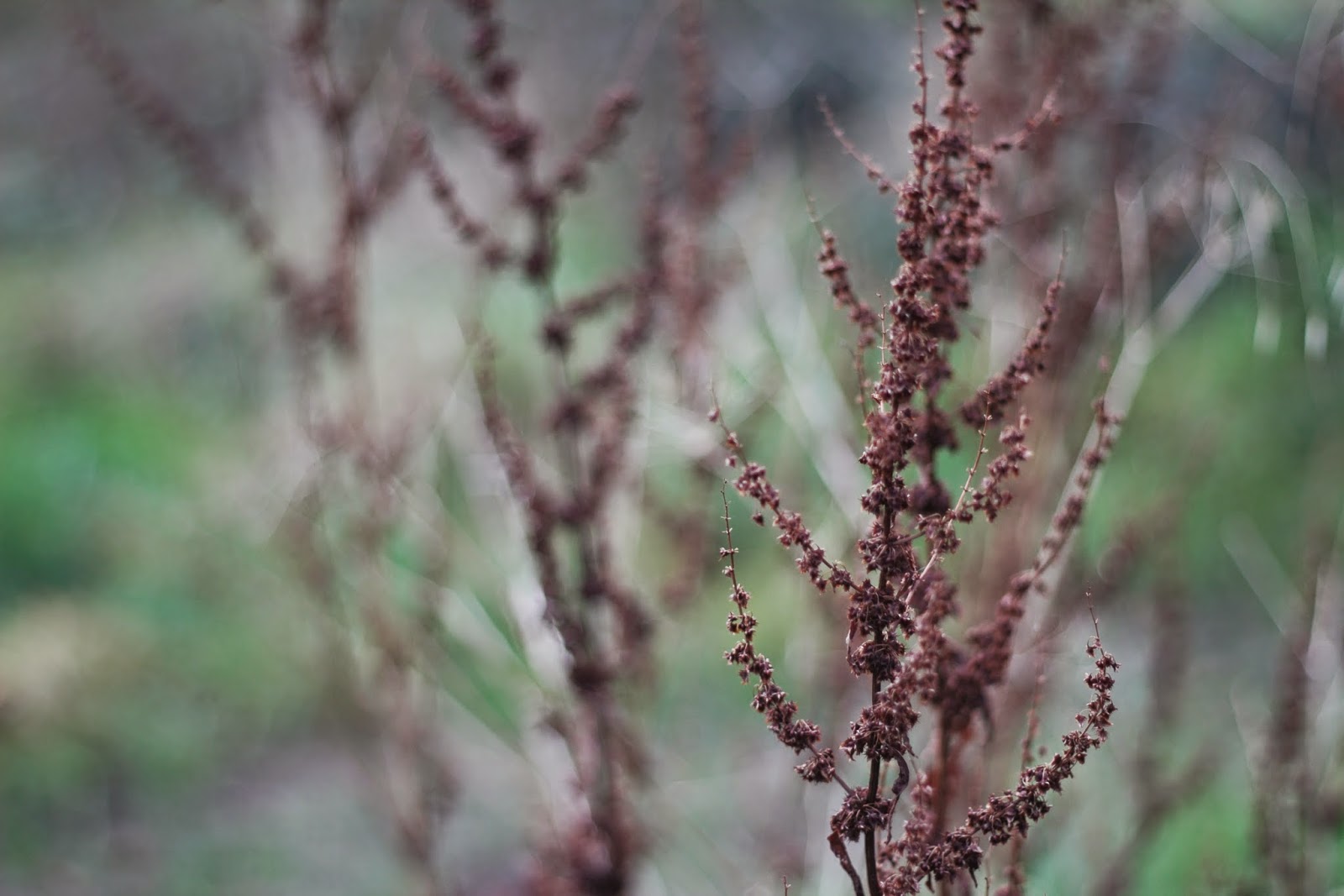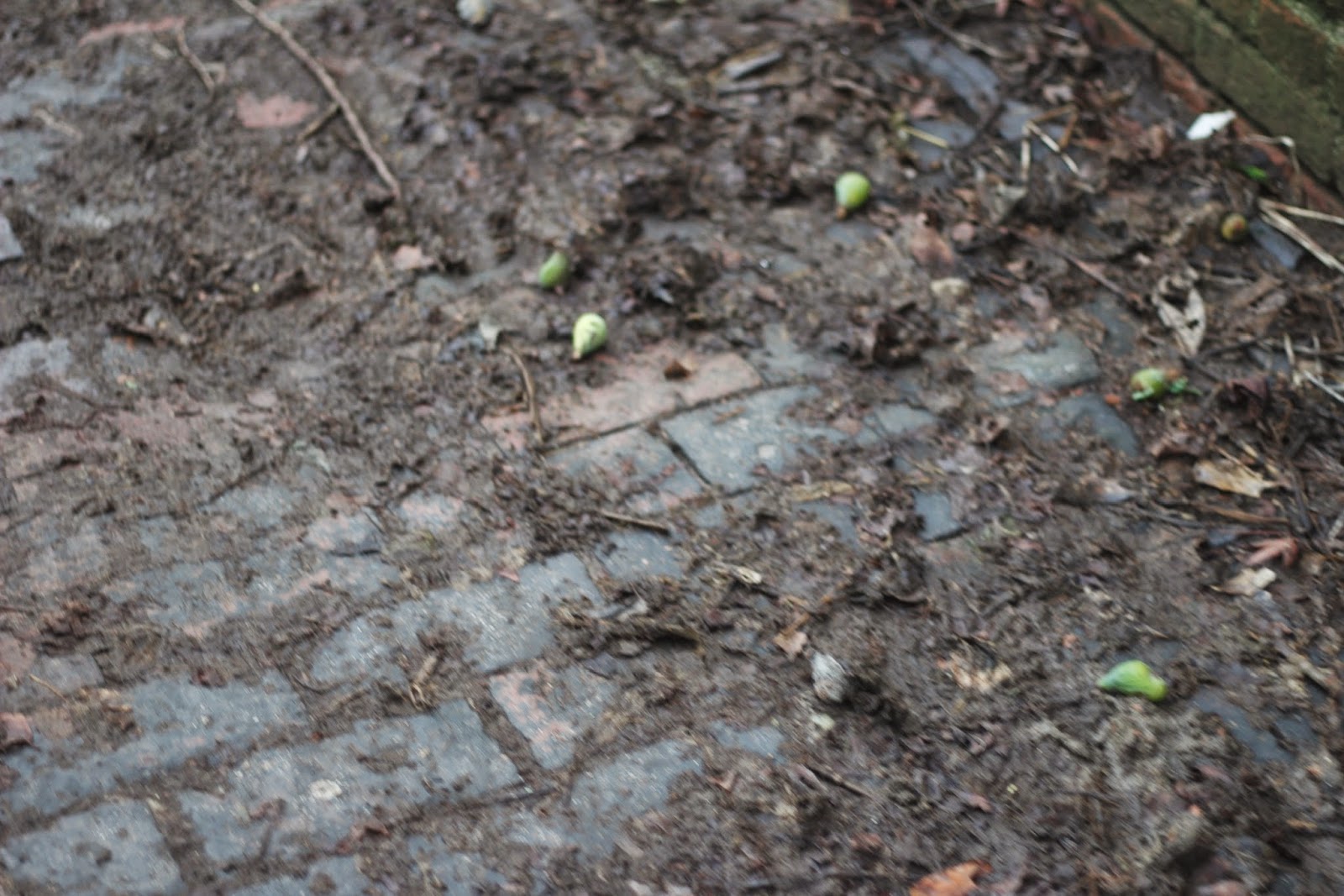About Me
Blog Archive
-
▼
2014
(80)
-
▼
November
(20)
- Maps and Journeys : Visuals (Occipital and Frontal...
- Professional Toolkit : Studio Shoot Evaluation
- Professional Toolkit : The Shoot
- Maps and Journeys : Bringing Everything Together T...
- Maps and Journeys : Colour Research (Parietal Lobe)
- Professional Toolkit : Studio Shoot Casting Actors
- Maps and Journeys : Tutorial Feedback
- Professional Toolkit : Studio Shoot Build 3
- Maps and Journeys : Visual Test Indoors 1 (Frontal...
- Maps and Journeys : Editing the Tests Together (Fr...
- Maps and Journeys : Indoor Test Shoots (Frontal Lobe)
- Maps and Journeys : Visual Research (Frontal Lobe)
- Maps and Journeys : Location Scouting (Occipital a...
- Professional Toolkit : Studio Shoot Build Workshop 2
- Maps and Journeys : Artist Research 3 (Inside My H...
- Maps and Journeys : Artist Research 2 (Universe Mi...
- Professional Toolkit : Studio Shoot Directing Acto...
- Professional Toolkit : Studio Shoot Directing Acto...
- Maps and Journeys : Artist Research 1 (Duende Diag...
- Professional Toolkit : Studio Shoot Build Workshop
-
▼
November
(20)
Popular Posts
-
Today I further developed the Synopsis and wrote a treatment for the film which can be seen below : Tom also put together the shot ...
-
Today we carried out several tests in G27 to see what will help us in post - production to simulate being underwater. Making clothing a...
-
To create the rough edit, I thought I would continue to use Avid to test my skills and improve my knowledge from what I learnt through the ...
-
In our tutorial we went over all our updated ideas with Rachel and decided that we'd focus on the Liminality one. However we expressed ...
-
I found this Google Talk while searching for behind the scenes of various animations on Youtube, and after watching the first five minu...
-
Inframen is a series of portraits using an infrared technique that reveals blemishes that lie under a dancer's abused skin such as s...
-
Today we held our first rehearsal with the female dancer, Emma, who I had been in contact with from the outset from posting the casting ads...
-
We've decided that we want the section from the crash until the end of the poem to be the inspiration for our dance piece. We are not in...
-
After showing Rosie our test version of what the visual section might be like for the final piece she advised that we choose maybe a more s...
-
We were shown a selection of experimental art, as well as more traditional documentary videos. I liked this as it meant we got to see a rang...

























































